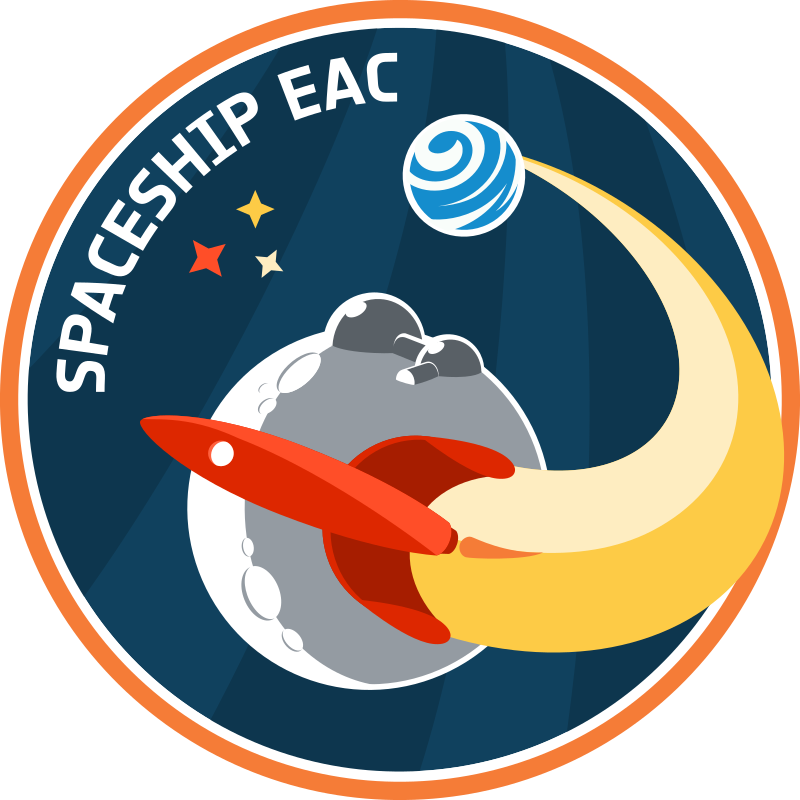In-situ resource utilisation (ISRU) will be vital in establishing a sustainable human presence on the Moon. It involves using local resources, rather than having to transport all the supplies from Earth.
Extracting precious oxygen from regolith, or moon dust, is of very high interest for future space exploration as it is not just essential for astronauts, but could also be used as rocket fuel. “Perhaps an unexpected fact is that Lunar regolith is actually a mixture of several different metal oxides and is about 45% oxygen,” Sebastian explains.
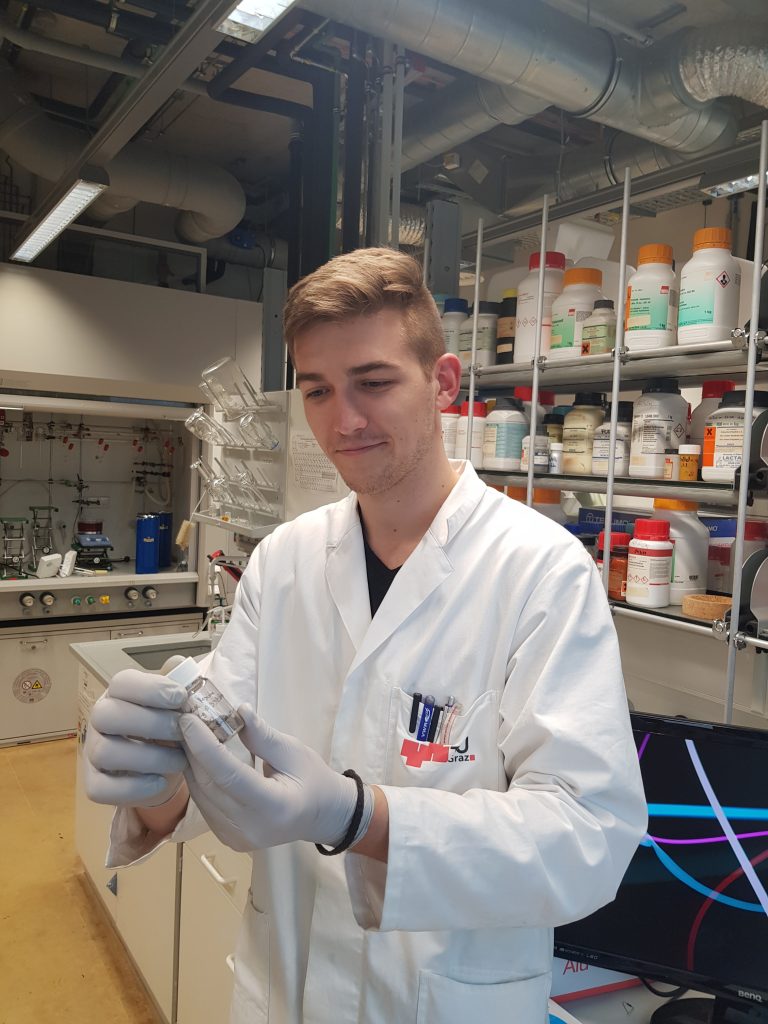
Working with lunar regolith simulant EAC-1 in the lab. ESA-S.Rohde
The plan sounds simple: find a way to produce oxygen on the Moon instead of getting it from Earth.
Based on recent innovative ISRU oxygen extraction findings by NASA, Sebastian worked on a method in which regolith is dissolved in an ionic liquid mixture. Oxygen and metals are then decomposed from this substance via electrolysis, a technique that uses electricity to create a chemical reaction.
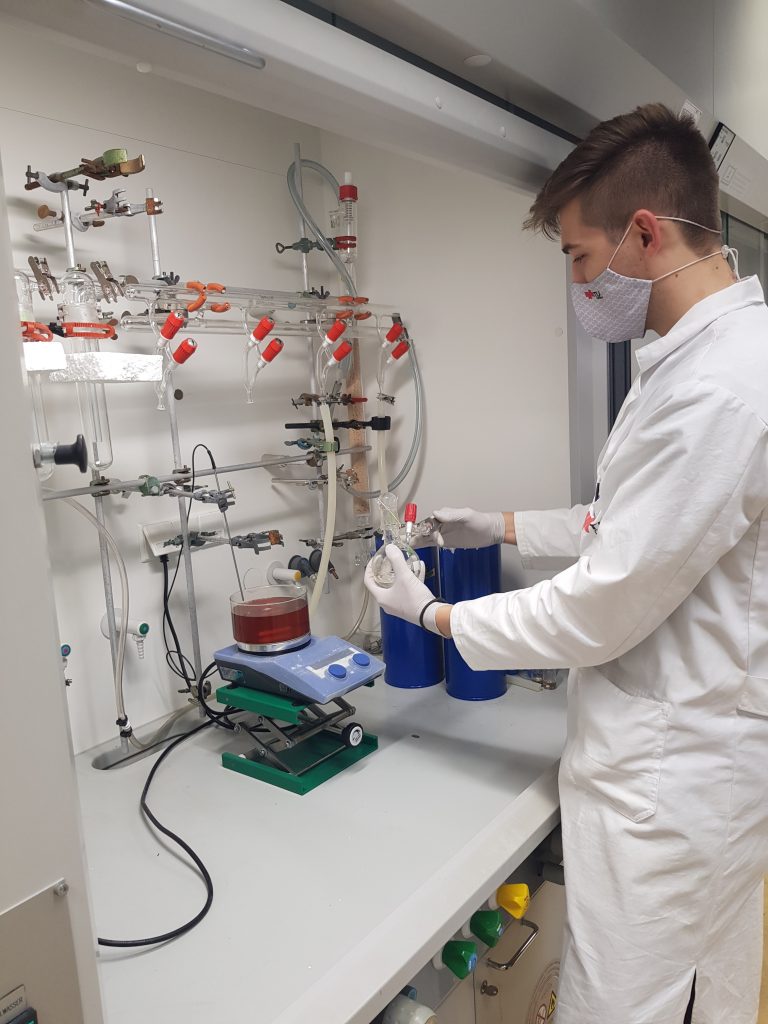
Working with experiments in temperature controlled high vacuum conditions. ESA-S.Rohde
“Basically, the astronauts would have to bring this special ionic liquid from Earth and then add lunar dust to it. This initiates the electrolysis process that extracts the oxygen and other metals. After the process, the liquid is regenerated and you can start again,” he explains.
The most exciting but maybe also most challenging part of his project was the novelty of this extraction method.
“As this is a brand-new method, there was not much research literature and all processes had to be studied from scratch,” Sebastian says. For his experiments in the lab, he used ESA’s homemade lunar regolith simulant EAC-1.
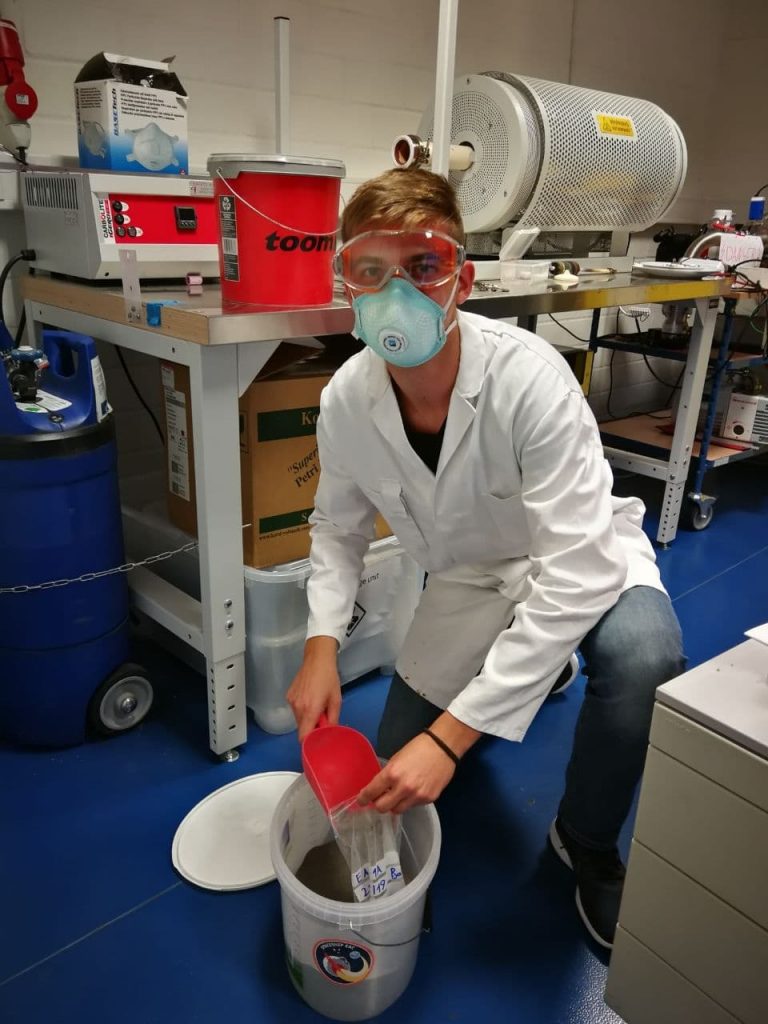
Lunar regolith simulant EAC-1 used for experiments in the lab. ESA-S.Rohde
Step by step, Sebastian developed a strategy to dissolve regolith in the ionic liquid, testing different experimental parameters and its dissolution efficiency. He discovered that this extraction method shows promising characteristics.
“This extraction method, which uses ionic liquids for electrolysis, works with non-toxic chemicals, remains liquid in space (unlike water, for example, which evaporates), is reusable and also provides metals as a by-product, all at comparatively low temperatures of 100°C.”
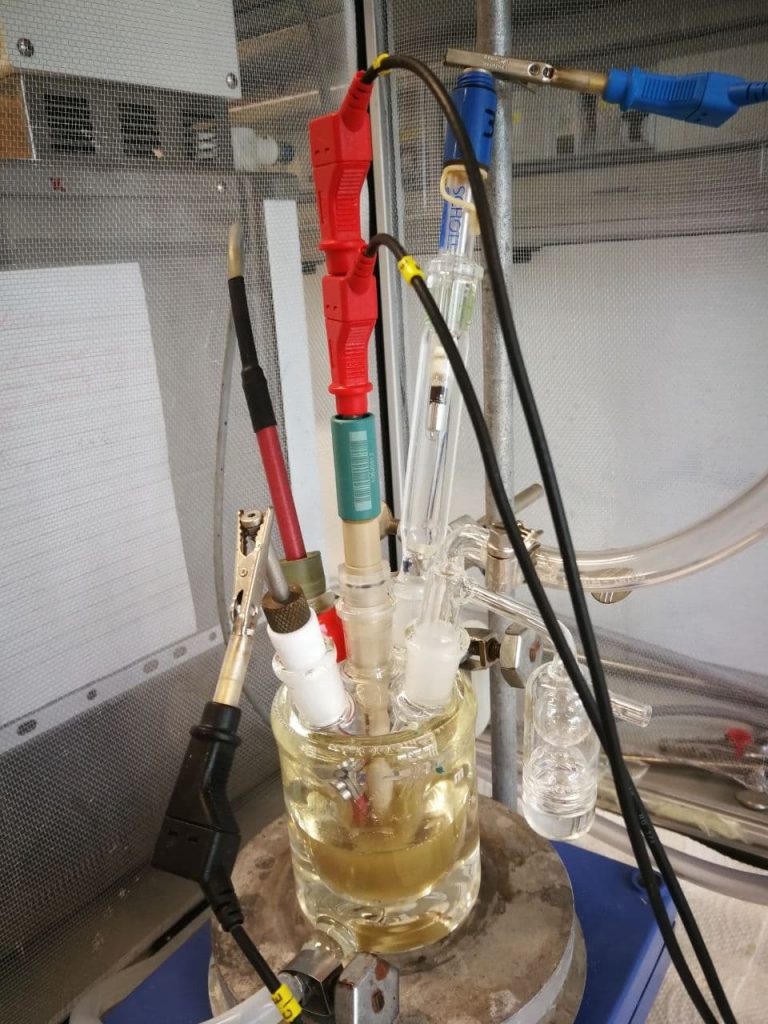
Picture showing the electrochemical measurement setup. Glass cell, filled with ionic liquid, several electrodes, a gas inlet and a thermometer. ESA-S.Rohde
Interestingly, while Sebastian was successful in extracting oxygen via this method, the findings about the process itself turned out to be more important.
“Strictly speaking, yes, we did manage to gain oxygen,” Sebastian explains. “However, we faced some difficulties with the regeneration process, and unwanted side reactions destroyed the ionic liquid or rendered it unusable for reuse.”
In close cooperation with the Graz University of Technology, Sebastian then turned his focus to the electrochemical investigation of the mixture of ionic liquid and regolith and its regeneration for repeated use.
Further research into this method should now include testing other ionic liquids that may be more robust and better suited for this application without any unwanted side effects. Sebastian is proud of these achievements. “We gained essential information and deepened our understanding of the electrolysis step. This will help the space exploration community to further develop oxygen extraction methods.”
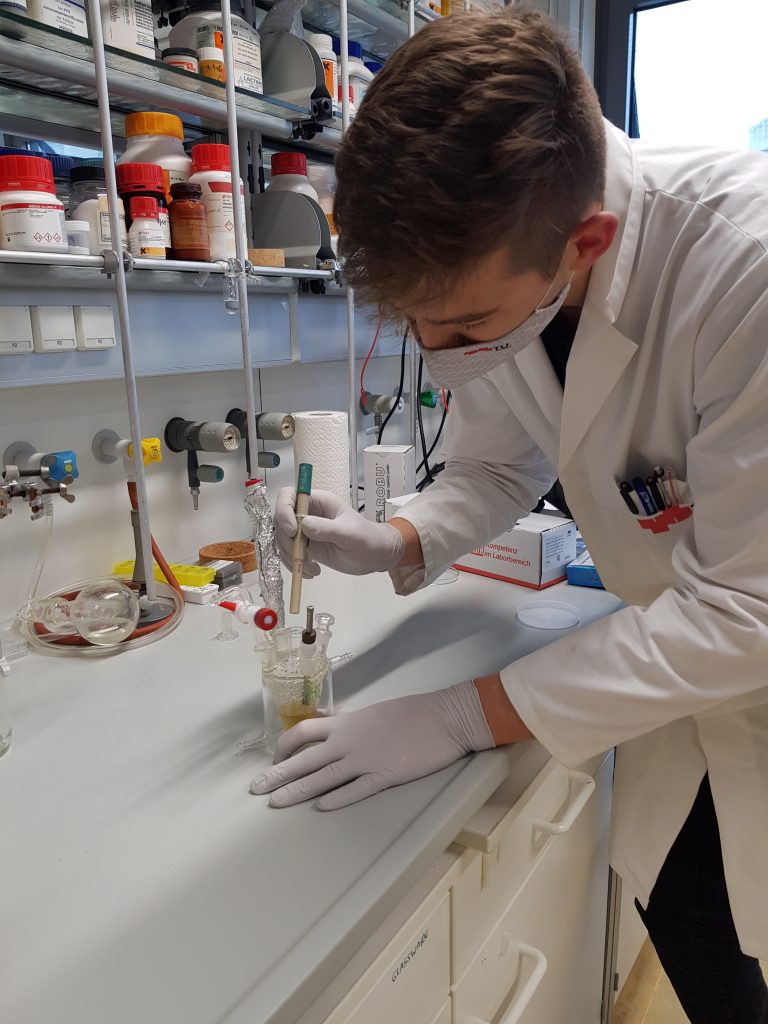
Setting up the electrochemical measurements. ESA-S.Rohde
Sebastian is excited to see what comes next and how his research could also contribute to applications on Earth. “If we can actually make this work, it could, for example, replace the environmentally harmful processes in mining, which use very toxic chemicals that can’t be reused and end up in wastewater.”
While working on his project within Spaceship EAC, Sebastian says he especially enjoyed the close collaboration with ESA experts, astronauts and a team of students from all over Europe – even though joint work mostly took place remotely due to Covid-19 restrictions, and lab work was more protracted.
“As someone who loves space-related topics, the opportunity to turn this passion into scientific research was incredibly intriguing,” he adds.
Learn more about the Spaceship EAC programme here
Meet more students and Spaceship EAC interns here


